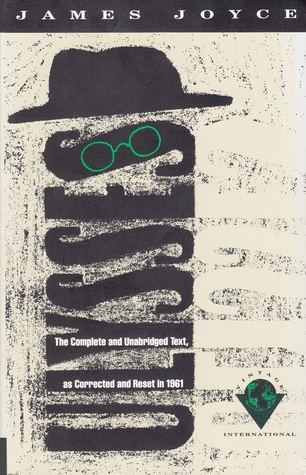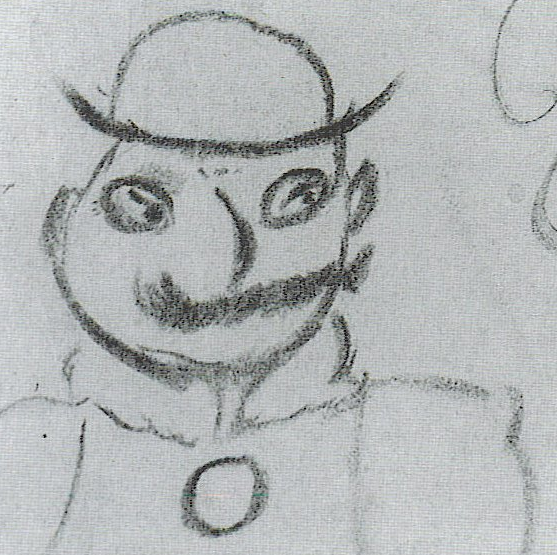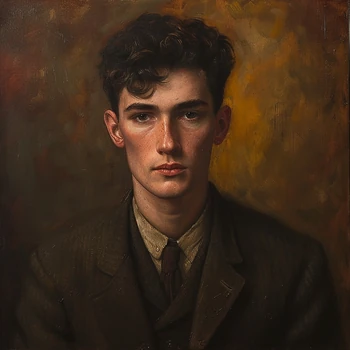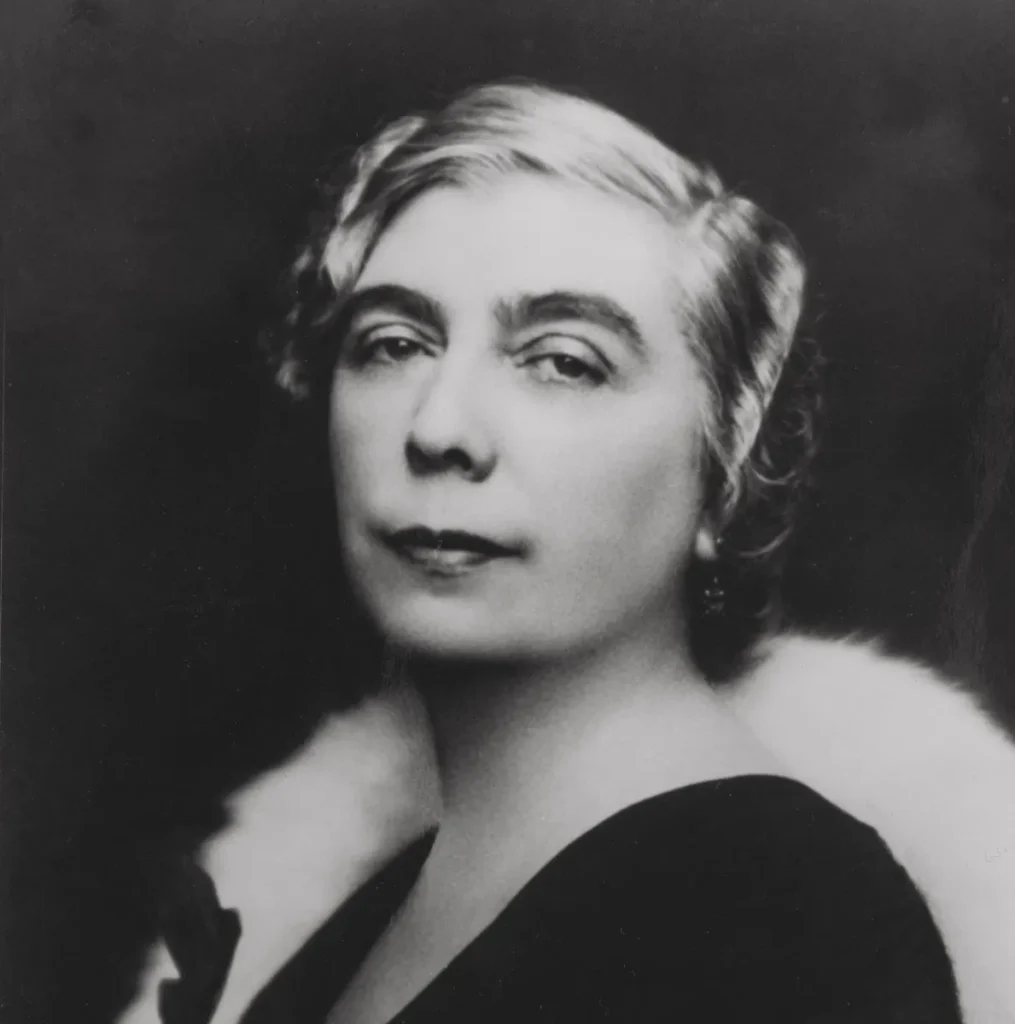About
Author: James Joyce (Ireland)
Genre: Social
Setting
Place: Dublin, Ireland
Time: 1904
My Rating (see what this means)
My Subjective Rating: 3
My ‘Objective’ Rating: 3.44
Prologue to the Review
Phew! It is about 3 years ago when I first started to read Ulysses by James Joyce. I knew it was supposed to be a difficult read – but nothing prepared me for what it turned out to be. These 3 years included multiple restarts, frequent disillusionments (about the pointlessness of reading something I don’t get), several urges to start it again (for it felt I was am surely getting the hang of it) and reliance of lot of reading guides (listed below).
Often, in my frustration I seemed to agree with what Virginia Woolf had argued about the book –
“…[Joyce’s] experiment is perilous; it is an adventure of the most serious kind… The miscellaneous, the trivial, the accidental, are used to create a sense of the flux of life… But does this method not sacrifice too much of what is valuable in the novel?”
An indeed the reading experience was extremely jarring – referring to guides again and again meant that I could only read a few ten pages in one sitting. Anything faster and I was just be skimming the book without getting anything. I became convinced that such a work has value only for the writer. Readers can’t be expected to get much of these things!!
But I am glad I persisted. For my frustrations was equally often replaced with admiration about the writers capability – for despite my limited understanding it was clear that this is a piece of marvelous literature.
Synopsis

Ulysses follows a single ordinary day in the life of one Leopold Bloom in Dublin of 1904. Bloom’s journey is modelled after Odysseus’ journey home after the Trojan War in Homer’s Greek epic Odyssey.
Change the Ionian islands for the city of Dublin and the Greek hero to a pathetic Mr. Bloom – and you get another literary epic. Mr Bloom roams around Dublin as he avoids going home afraid he will catch his wife Molly (Penelope) cheating. Stephen Dedalus – another lost young man is modelled after Odysseus’ son Telemachus.
Highly allegoric, the book is experimentative literature – pushing the boundaries of literary form. At the same time, through a stream-of-consciousness narration, it has aimed to, and successfully, captured all the chaos that populates human thought. No wonder it is a chaotic thing.
Review



I have chosen three widely varying portraits of the 3 protagonists – Leopold Bloom, Stephen Dedalus, Molly Bloom for one simple reason – to give a small glimpses of how widely the novel varies in style, in tone, in everything between chapters
One fine day, after I had come across the Joyce Project – it took me 2 hours to complete 3 pages of the book – as I was making sure I understood all symbolisms in those pages. Needless to say – the experience was overwhelming and unsustainable. Over time, referring to guides to find my footing in the narration, I was slowly but steadily able to get the gist of the story, and I could (to a certain extent) appreciate the writing. Understanding all symbolism was left aside for future reading.
Still it was fascinating to see how Joyce was able to create ‘the sense of the flux of life’ in the book. The book doesn’t just happen in and around Dublin – but much of Dublin as on June 16, 1904 happens in its pages. With several tens (if not over a hundred) characters Joyce explores notions of Irish identify and culture, history and politics as well as the human quest for meaning amidst endless insecurities.
His characters are evocative and multi-faceted. Moving around the city with Leopold Bloom, afraid of catching his wife’s cheating – it is impossible not to sympathize with him. But as the day progresses – and as we know more of Leopold – the racism he faces, the perversion in his thoughts, his grief for his dead child, his urge for public masturbation, his love for his wife – the sympathy becomes palimpsested with more emotions – creating a very well-rounded character you can like and dislike at the same time. And then as we are to reach the end of the story – (spoilers alert) we hear Molly, his wife instead of Bloom – and see things even more clearly.
Add to this Stephen Dedalus’ existential angst, and it is remarkable to learn what literature can achieve. Remarkable – Yes. Frustrating – Extremely. But it remains a marvelous piece I wouldn’t mind wasting a few years of my retirement on. For now – I am still young!
A Guide to Ulysses’ Guides
Ulysses Audiobook. RTÉ 1982 : A very engaging audio version of the book which makes reading it much more manageable and entertaining
https://www.joyceproject.com/ : (In progress) An extremely detailed guide explaining each and every reference in the book, but makes for an unsustainably slow read
https://www.columbia.edu/~fms5/ulys.htm : (In progress) A much more user-friendly guide – capturing quite a lot of details, while allowing for a reasonable reading pace
https://www.litcharts.com/lit/ulysses : A well-rounded summary for quick reference
Picture Credits:
- Cover Picture: https://lithub.com/read-a-1922-review-of-james-joyces-ulysses/
- Drawing of Leopold Bloom by James Joyce
- Stephen Dedalus, by hrairoo via Midjourney
- Nora Barnacle Joyce served as a model for the character Molly Bloom.